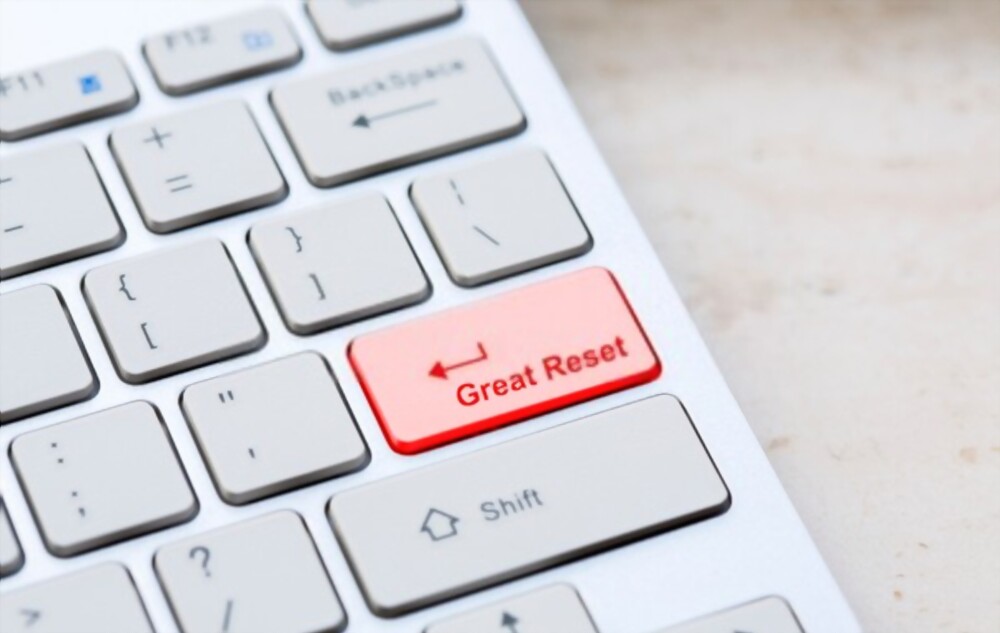What Does Factory Reset Do?
Resetting your PC to factory settings is handy for
correcting problems you may be having with the PC’s hard drive or the Windows
operating system. It's also smart to reset the PC before giving it to a new
user or selling it. The resetting process removes the applications and files
installed on the system, then reinstalls Windows and any applications that were
originally installed by your PC’s manufacturer, including trial programs and
utilities.
Tip
Resetting your office PC to factory settings removes any
applications and files installed on the system as well as any third-party
device drivers and personal settings.
Also Read: Junk the Junk Files for Better PC Function
Back up
Your Files
Because the reset process wipes all personal documents
from the computer’s hard drive, you should back up your files first. Use the
built-in Windows backup utility via the Control Panel or a third-party app such
as EaseUS Todo Backup Free, Paragon Backup & Recovery, or Google Backup and
Sync. Note that if your PC has a serious malware infection, backups might
spread it; otherwise, it’s important to ensure your important business data is
safely backed up.
Resetting
to Factory Settings
During the factory resetting process, your PC’s hard
drive is completely erased and you lose any business, financial and personal
files that may be present on the computer. Once the resetting process starts,
you cannot interrupt it. If you do interrupt the process, your computer will be
left in an unstable state without an operating system or applications that were
originally installed by your PC manufacturer, including device drivers.
Recovery
from Media
Resetting your PC to factory settings is done via
recovery CD-ROMs or a recovery partition. If using CD-ROMs, you will be
prompted when to insert each disc in order. The discs may be directly from your
computer’s manufacturer or you may have been directed to create the recovery
discs when you first purchased your PC. If you do not have a set of recovery
discs, you can order a set from your computer’s manufacturer. Once the
resetting process is started via CD-ROMs, the process will prompt you through
each step including formatting your PC’s hard drive, reinstalling Windows, and
setting up Windows for the first time.
Using a
Recovery Partition
If resetting your PC from a recovery partition, the process is done without discs and via a function key like "F12" or
another key. The recovery partition was created by your PC's manufacturer and
doesn't require using a CD-ROM or another medium to launch the partition. Consult
your PC’s manual for the specific key to launch the resetting process. Once the
resetting process is started, the process works similar to using recovery
CD-ROMs, including prompting you through each step from formatting your PC’s
hard drive to setting up Windows for the first time.
Resetting
from Windows 10
Users with a PC running Windows 10 can reset the system
to factory settings via the operating system instead of using recovery discs or
a recovery partition, using the following steps:
● Click the Start button
and click Settings.
● Click Update & security,
then click Recovery.
● Click Get started under
"Reset this PC."
● Click the Remove
everything option to erase all the data on your PC. Otherwise, click Keep my
files to preserve your files and settings.
● Click Just remove my
files for a simple, quick reset, if you’re keeping the PC. Or click Remove
files and clean the drive to thoroughly erase all the data securely. The second
option takes longer.
● Click Next if you see a
warning that your PC was recently upgraded to Windows 10 and that you won’t be
able to revert to the prior version of Windows.
● Click the Reset button
when you see the prompt, “Ready to reset this PC.” Allow several minutes for
Windows to reset the computer.
● Click the Continue
button when you see the prompt, “Choose an option.”

Comments
Post a Comment